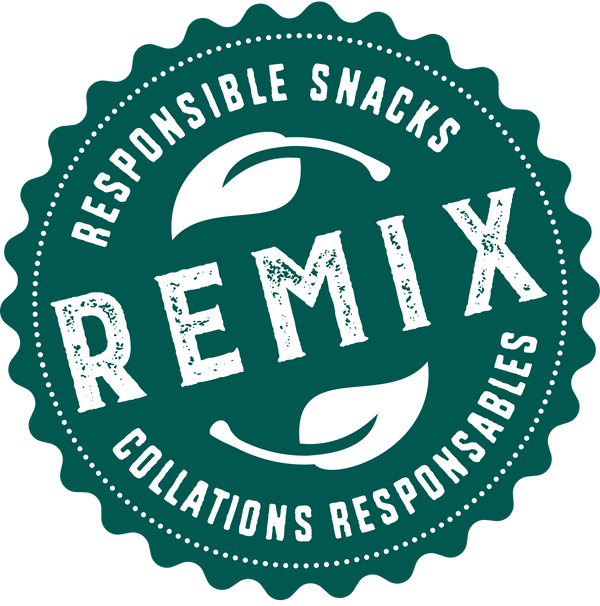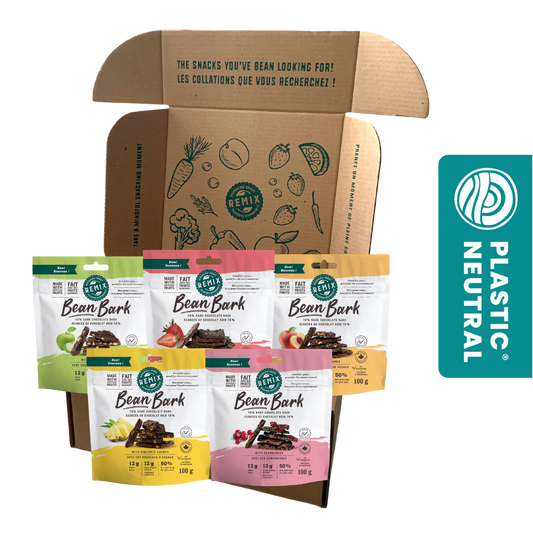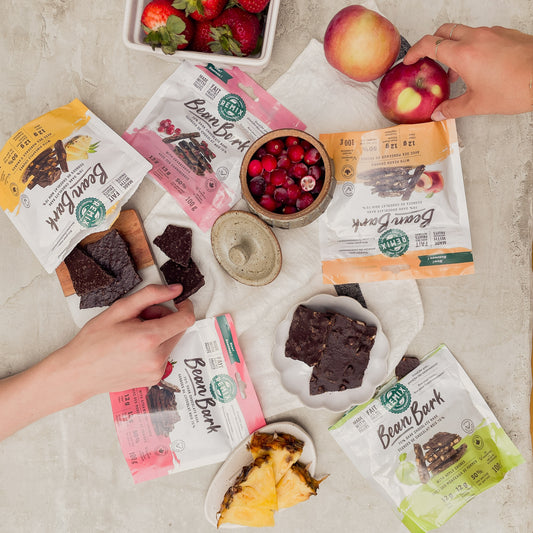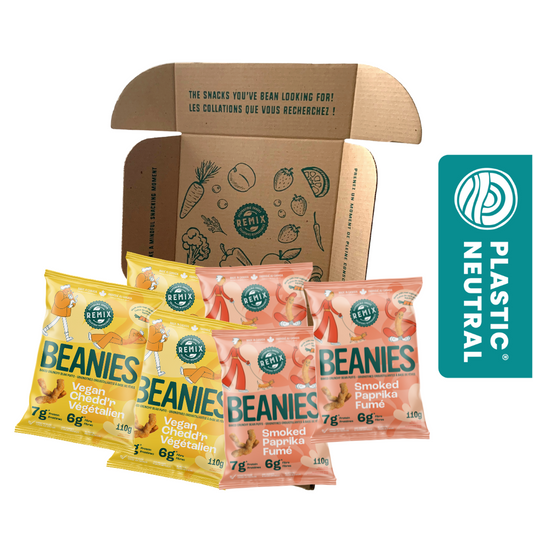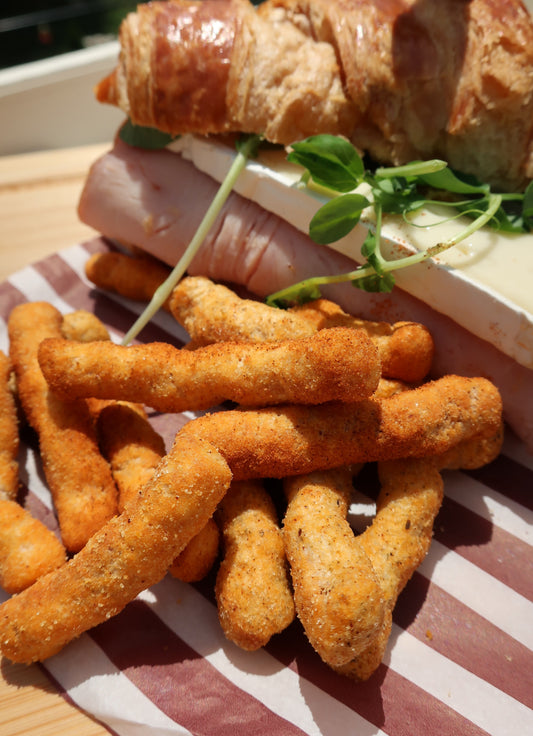
Written by: Eliza Yadav, August 2020
What is misleading packaging and false advertising?
- When companies produce consumer goods, they try to advertise their product by putting their best foot forward. This can often involve making packaging that is eye catching and which draws consumers’ attention.
- Sometimes, such advertising can become hyperbolic or simply untrue.This is called false advertising. Packaging that contains false advertising qualifies as misleading.
Why do businesses make misleading claims and how?
- The bottom line is that companies want people to buy their product. Benefits to health are a great selling point for consumers and many retail food and beverage companies will try to advertise their product with a “healthy for you” strategy, even when their products are not actually good for you (1).
- Packaging may contain company claims such as “#1 sugar-free snack in the Canadian market” while said product may actually contain artificial sweetener as a substitute for sugar. Packaging may also say “Improves Heart Health.” In this case, a food product may contain less cholesterol, but it might still contain lots of sugar (2).
Misleading Packaging and their consequences
- Kellogg’s Frosted Mini-Wheats are a great example of misleading packaging and false advertising. In 2009, Kellogg’s marketing team claimed that their Mini-Wheats were clinically proven to improve attentiveness in children by almost 20% (3).
- The Federal Trade Commission of the U.S. (FTC) challenged Kellogg’s claim. They found that Kellogg’s was comparing their Mini-Wheats to a child that was just having water for breakfast. In addition, Kellogg’s was overstating its claims about child attentiveness (4). Average attentiveness of a child eating Mini-Wheats for breakfast only increased by 11% (3). The FTC later barred Kellogg’s from making any health claims about their products in the future.
- Another classic example of misleading packaging and false advertising is Tropicana’s Healthy Heart Orange Juice (4). Tropicana’s marketing team claimed that drinking a couple glasses of their Healthy Heart Orange Juice could significantly decrease likeliness of heart disease and stroke in the consumer. This claim was on the Tropicana Healthy Heart packaging as well as published Newsweek Magazine. In 2005, the FTC found that Tropicana was overstating its heart-health claim and ordered that they never publicly release such claims again (3).
What can you do?
- First, be attentive. Avoid sugary “junk foods” that you know have limiting nutritional value and opt for foods that are protein rich and undergo lesser processing such as fruits and vegetables.
- Second, educate yourself. There are many free online resources to learn about debunking false health claims and shopping better. Whatsmore, Remix’s founders and many of our content creators are Registered Dieticians or have degrees in Nutrition. This means our own blog posts about nutrition, healthy eating, and mindful living are fact-checked and reliable for your own personal knowledge.
Remix is Different
- At Remix, we are transparent about what’s in our Bean Bark. One 100 gram bag contains 20-23 grams of fiber, 15 grams plant-based protein, and 80% iron. The 7 grams of sugar come from healthy dehydrated and upcycled fruit such as peaches, apples, and cranberries, as well as Non-GMO beet and cane sugar (5).
- To learn more about what goes into Bean Bark, visit our website at www.remixsnacks.ca. And as always, follow us on Facebook and Instagram! This is the first of a two part series on healthy eating and debunking false claims on food. Stay tuned for the coming second part! @remixsnacks
References:
-
André, Q., Chandon, P., & Haws, K. (2019). Healthy Through Presence or Absence, Nature or Science?: A Framework for Understanding Front-of-Package Food Claims. Journal of Public Policy & Marketing, 38(2), 172–191. Retrieved from https://doi.org/10.1177/0743915618824332
-
Andrews, J. Craig, Lin, Chung-Tung Jordan, Levy, Alan S., Lo, Serena. (2014). “Consumer Research Needs from the Food and Drug Administration on Front-of-Package Nutritional Labeling,” Journal of Public Policy & Marketing, 33 (1), 10–16. Retrieved from https://journals.sagepub.com/doi/full/10.1177/0743915618824332#bibr4-0743915618824332
-
Federal Trade Commission. (2009). “”Kellogg Settles FTC Charges That Ads for Frosted Mini-Wheats are False.” Federal Trade Commission. Retrieved from https://www.ftc.gov/news-events/press-releases/2009/04/kellogg-settles-ftc-charges-ads-frosted-mini-wheats-were-false
-
Kincaid, Erika. (2017). “5 Misleading Label Claims Struck Down by the FTC.” Food Dive. Retrieved from https://www.fooddive.com/news/labeling-claims-ftc-misleading/507201/
-
Remix Snacks. (2020). https://remixsnacks.ca/
